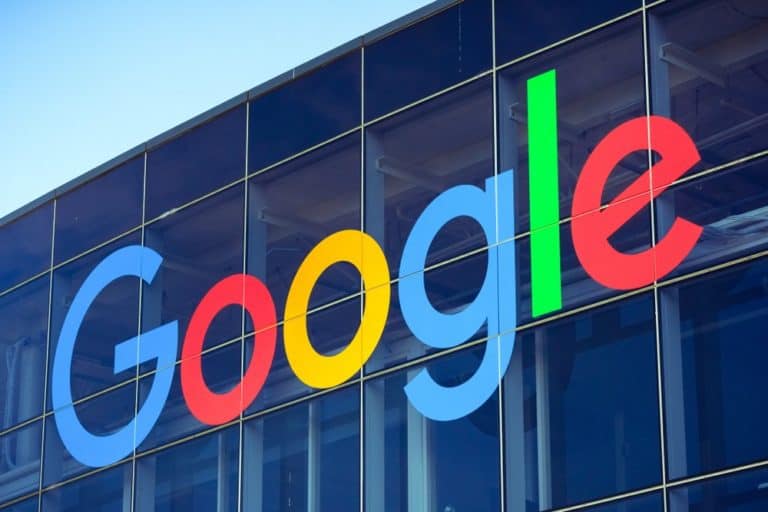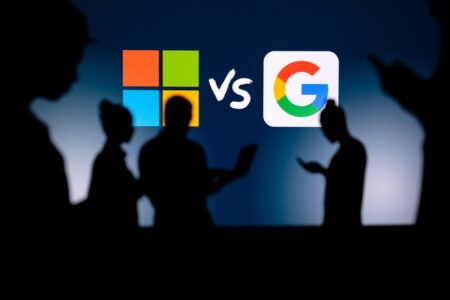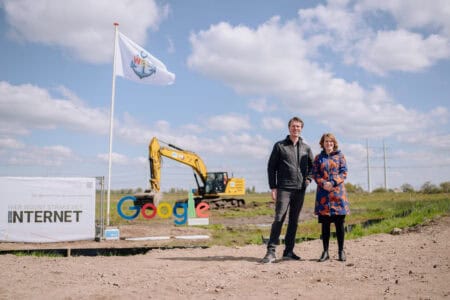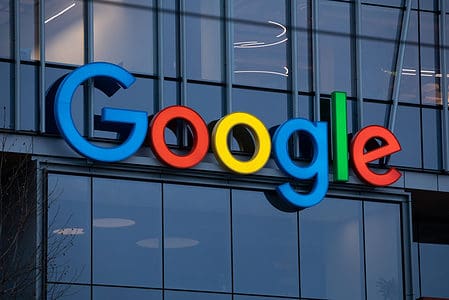Google has accelerated the functionality of its business video conferencing platform, Google Meet. This is necessary due to the strong demand for videoconferencing tools by the market, due to the current COVID19 crisis.
Google Meet is a business videoconferencing platform that focuses primarily on governments, businesses and educational institutions. The platform differs from the more consumer-friendly Google Hangouts platform in terms of security and meeting control functionality.
With the new added functionality, the tech giant indicates that it is now possible for business end users and educational institutions to answer video calls directly from Gmail via the videoconferencing tool. With this, the tech giant wants to let its Meet platform compete directly with other similar videoconferencing platforms.
Expected functionality
In addition, in the course of this month functionality will be added that makes it possible to show up to 16 participants in a ‘grid layout’ during video conferences. With this, Google Meet should offer the same functionality as the now very popular Zoom.
Furthermore, Google indicates that it will also add functionality to Google Meet such as better video quality in dimmed light and filtering out background noise, such as clicks on keyboards or slamming doors.
Fierce competition
The fact that Google currently wants to expand the functionality of Google Meet feather is not really a surprise. Since the corona crisis broke out, the demand for video conferencing platforms has increased dramatically and so has the competition with other major providers such as Zoom, Cisco WebEx or BlueJeans.
Increasing demand
Google Meet has seen a significant increase in demand in recent weeks, according to the tech giant. The platform recently registered 2 million new users every day. Also, 110 million educational institutions in 150 countries now use the videoconferencing platform. Google Meet is available for the desktop browser and via mobile applications. Until September of this year, nothing is charged for large video conferencing.



















